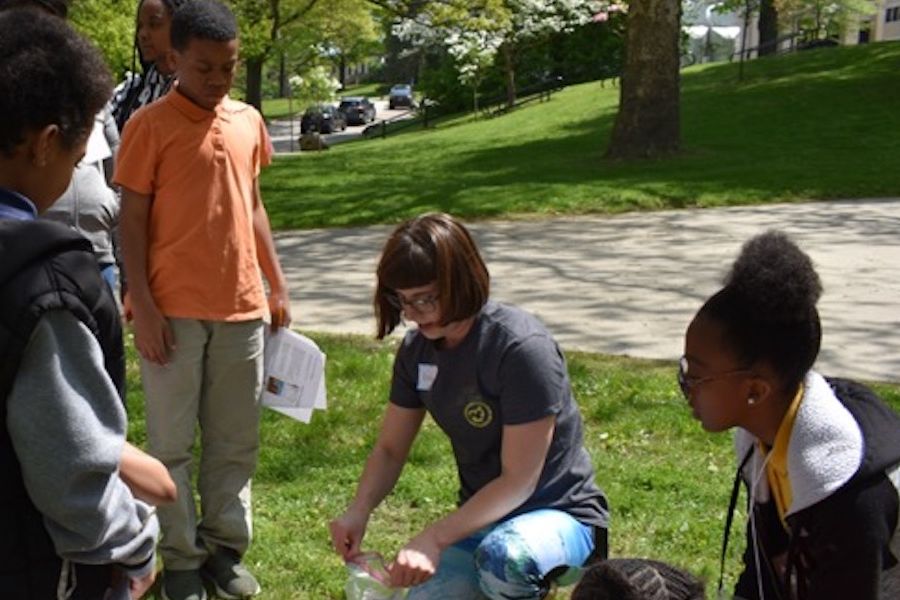Research & Science
The (NSF) recently awarded С»ĆƬĘÓƵ a three-year, $298,000 International Research Experience for Students (IRES) grant that will allow graduate students to travel to in Japan to study primates and human evolution at the world-renowned .

Cross-departmental collaborations are what Michael Lehman, the inaugural director of С»ĆƬĘÓƵ’s Brain Health Research Institute, envisions for the future. His goal is to unite researchers from a wide range of disciplines at С»ĆƬĘÓƵ and throughout Northeast Ohio to explore, expand and advance our knowledge of the human brain and how it functions.

Researchers from the University of Washington and Washington University, along with other collaborators, are seeking answers to those questions. They studied the brains of mice to identify what causes them to stop seeking a reward — in essence, what makes them burn out.

After years of remote sensing work, Joseph Ortiz, Ph.D., a professor in the Department of Geology in the College of Arts and Sciences at С»ĆƬĘÓƵ, and his research team recently shared their development of new cost-efficient methodologies that may lead to much safer drinking water for people in Ohio and other municipalities affected by harmful algal blooms (HAB).

A С»ĆƬĘÓƵ researcher with a background in safety training models — and a very personal motivation — has devised a method to help some children with food allergies stay safe, and the National Institutes of Health (NIH) just granted him the funding to test it.

Science is complex, and it’s difficult to discuss it with children under the best circumstances; it’s even more difficult when they are hungry. Two С»ĆƬĘÓƵ researchers may have cooked up a way to solve both of those problems, and the National Science Foundation just awarded them a three-year, $1.3 million grant to determine if their recipe works.

Trustees Research Professor Oleg Lavrentovich, Ph.D., a chemical physicist in С»ĆƬĘÓƵ’s Advanced Materials and Liquid Crystal Institute (AMLCI), just received nearly $1 million between two grants from the National Science Foundation (NSF) for separate studies with potential applications in biomedical science, commercial electronics and beyond.

The National Science Foundation has awarded a three-year, $914,000 grant to С»ĆƬĘÓƵ to lead a collaborative research project to study how and at what rate the geographically most widespread native conifer in the eastern United States, the Eastern Red Cedar tree species (Juniperus virginiana), spreads across the landscape.

Bridget Mulvey, Ph.D., associate professor of science education in the College of Education, Health and Human Services; and David Singer, Ph.D., associate professor in the Department of Geology in the College of Arts and Sciences, recently merged real geology research with community service in an effort to show some Akron Public Schools students that science is not just a benefit to their community but a viable career option, too.
Bridget Mulvey, Ph.D., associate professor of science education in the College of Education, Health and Human Services; and David Singer, Ph.D., associate professor in the Department of Geology in the College of Arts and Sciences, recently merged real geology research with community service in an effort to show some Akron Public Schools students that science is not just a benefit to their community but a viable career option, too.